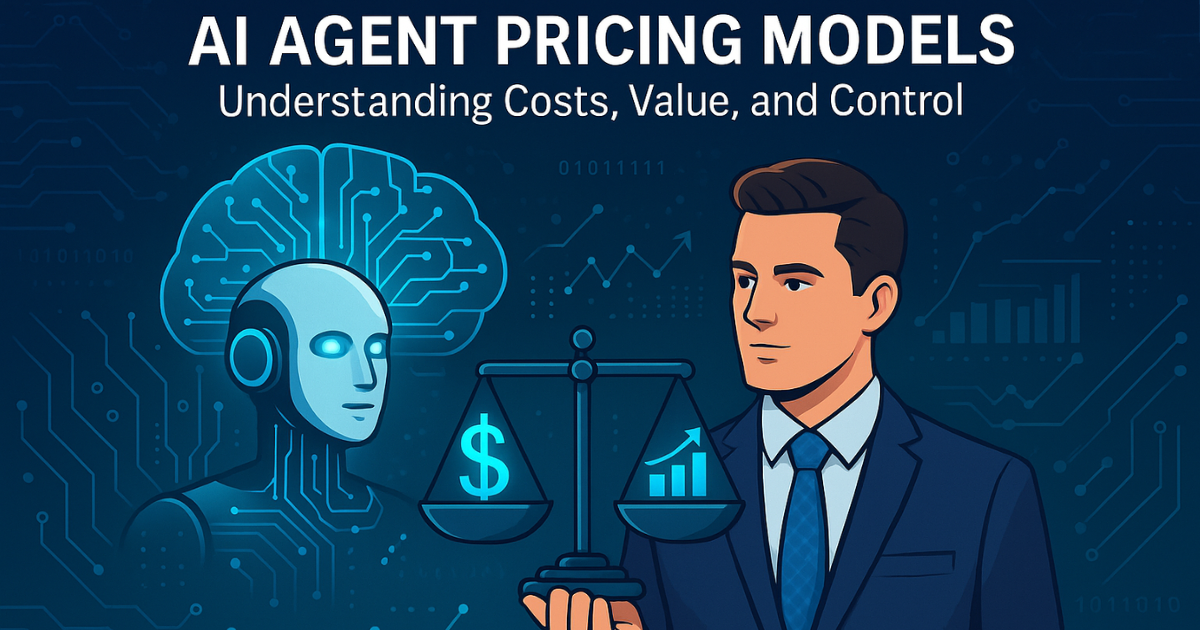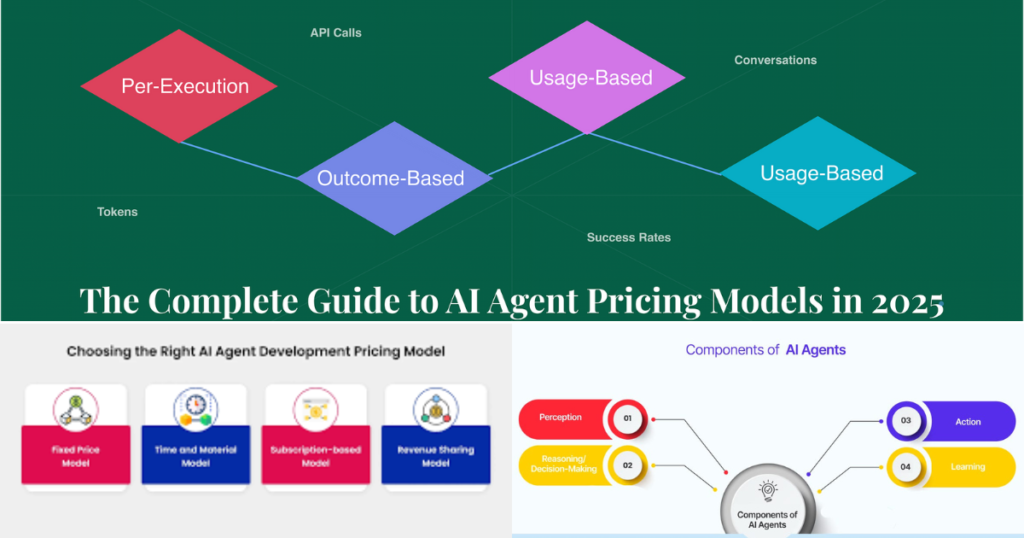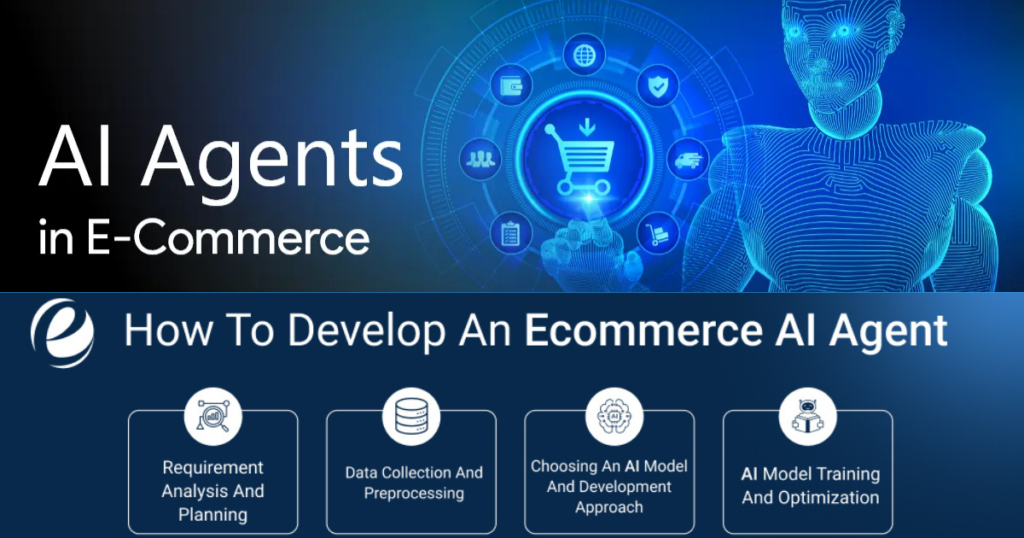
AI agent pricing model
Unlike traditional SaaS models that charge per seat, AI agents are autonomous doers that perform entire human workflows. This requires new ways to measure value and determine agent price. Here are some of the most common AI agent pricing models.AI Agent Pricing Models: Understanding Costs, Value, and Control.

1.Per-conservation pricing
2. Outcome-based pricing
3. “Agentic seat” pricing
This article dives into the essential considerations for pricing AI agents effectively, exploring the nuances that differentiate AI monetization from traditional software models. From variable costs to value-driven expectations, understanding these dynamics is crucial for sustainable growth.
Ai agents that control your computer

Claude is the first major AI model to be able to take control of a computer to do useful work.
AI agents are now integral to business operations, demanding a strategic approach to pricing.AI Agent Pricing Models: Understanding Costs, Value, and Control.
This article dives into the essential considerations for pricing AI agents effectively, exploring the nuances that differentiate AI monetization from traditional software models. From variable costs to value-driven expectations, understanding these dynamics is crucial for sustainable growth.
Build Ai agents from scratch course

Claude is the first major AI model to be able to take control of a computer to do useful work.
AI bots on our desktops are changing from being passive tools to active decision-makers. Task management and workflow automation are two examples of the jobs that these digital assistants are replacing that were previously handled by human operators. These increasingly complex bots have the potential to take over our computers in the near future and change the way we use technology.AI Agent Pricing Models: Understanding Costs, Value, and Control. It will bring up fresh issues with trust, security, and striking a balance between usability and supervision. A one-time payment AI sales agent is software you pay for once and use indefinitely. It usually comes with a fixed set of features and requires little or no ongoing payments. Once installed or set up, it runs on your system without recurring fees.
One time payment Ai agent

A one-time payment AI sales agent is software you pay for once and use indefinitely. It usually comes with a fixed set of features and requires little or no ongoing payments. Once installed or set up, it runs on your system without recurring fees.AI Agent Pricing Models: Understanding Costs, Value, and Control.
Some common characteristics:
.Upfront fee, often higher than a monthly subscription
.You own the license or access permanently
.Support and updates may be limited or sold separately
.Often more rigid in terms of customization
Ecommerce Ai agent

Therefore, Artificial intelligence (AI) has advanced much, starting with simple programs that followed rules, and strange brain and may learn based on experience and work on their own. Leaving no doubt as to which trend is front and center, AI agents are intelligent software agents, which operate with minimal human supervision, perceive the environment, and choose to act according to specific goals.
AI Agent Pricing Models: Understanding Costs, Value, and Control. One critical point of milestones in this development is the contrast between the generative AI and agentic AI. Generative AI is usually used to improve what we are doing but agentic AI can also do something in our place.
This article explores the world of AI agents, discussing their differences with the conventional AI tools, their working mechanism, and their increasing roles and impacts in many industries, and especially in industries such as e-commerce and marketing.
It service request Ai agent

The focus of this AI Agent is to make service requests easier to manage by IT professionals. It is able to use conversational interfaces to get information on the needs of the participants so that the IT department can respond to them quickly and in the right direction. The systematic process reduces the chances of missing fatal information, AI Agent Pricing Models: Understanding Costs, Value, and Control and hence the requests on service delivery are done in an efficient or effective manner.
What makes AI agent pricing different from traditional SaaS pricing?
Unlike SaaS models that charge per user (or seat), AI agents work more like virtual employees. They perform full tasks or workflows on their own. This means pricing must consider things like task volume, outcomes, or ongoing value—not just how many people are using the software.
What is per-conversation pricing for AI agents?
Per-conversation pricing charges businesses based on each interaction or conversation the AI agent has. This model is often used for customer support bots, chat agents, or sales assistants that engage with users directly.
What is outcome-based pricing for AI agents?
You only pay when the AI agent finishes a task, such as resolving a support ticket, scheduling a meeting, or closing a transaction, when outcome-based pricing is used.
How does a one-time payment AI agent work?
A one-time payment AI agent is software that you buy once and use forever. There are no monthly fees. It often has a fixed feature set and may come with limited support or paid upgrades. It’s useful for users who want control without ongoing costs
What challenges do AI agents that control your computer bring?
AI agents are now doing work that people used to do. This makes some people worry about safety and control. So, it’s important to share the work between humans and AI in a safe way. This reduces risk and keeps things safe
Conclusion
AI Agent Pricing Models: Understanding Costs, Value, and Control are changing how we work, so we need new ways to price and use them. Unlike regular software, they do full tasks like humans. That’s why pricing models like per-conversation or outcome-based are becoming popular.
Some AI agents can even control your computer, which brings new safety and trust concerns. With no ongoing costs, one-time payment AI agents are a good option for basic requirements.
Your objectives, financial constraints, and desired level of control will all influence your choice of AI agent..



